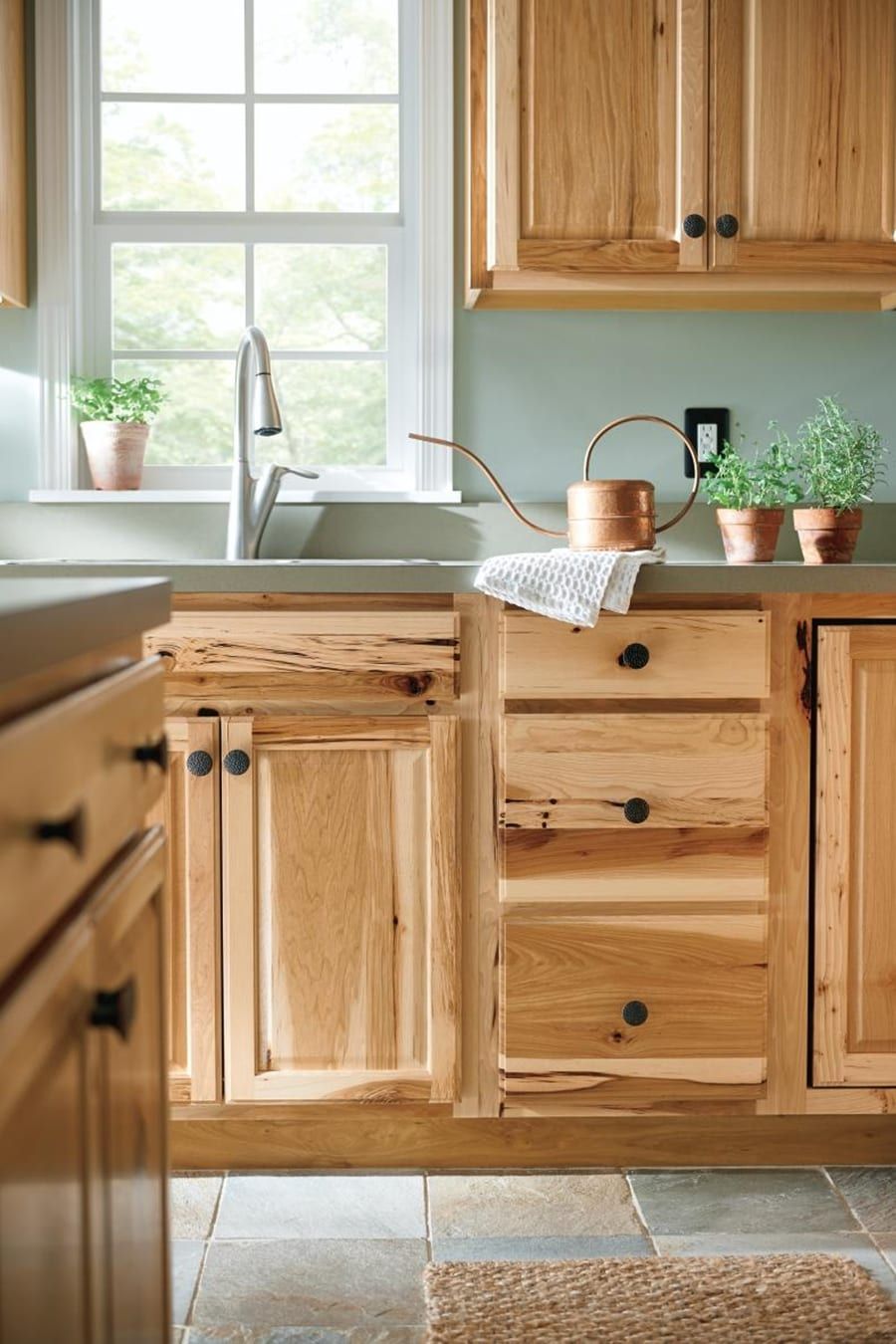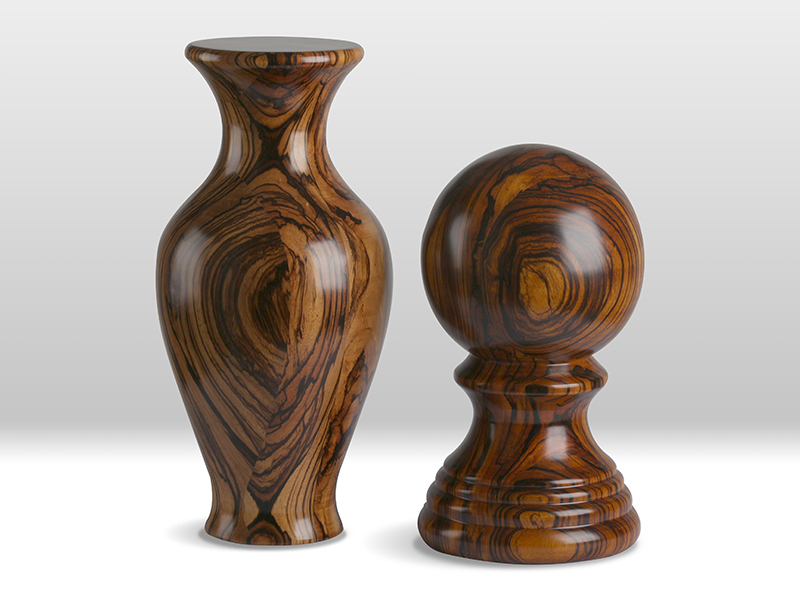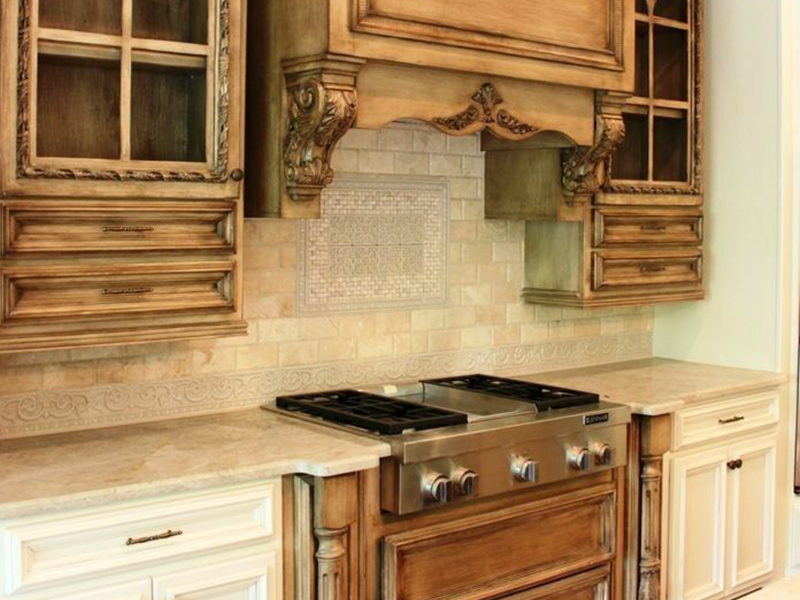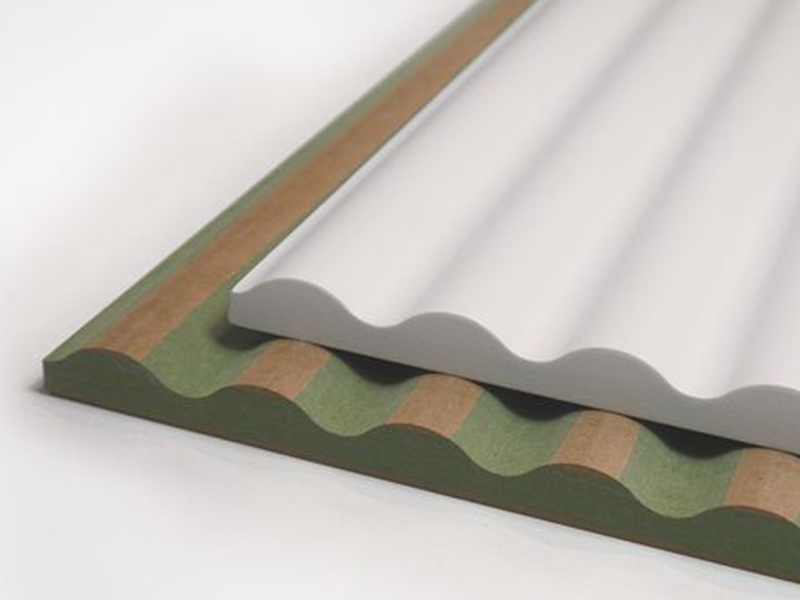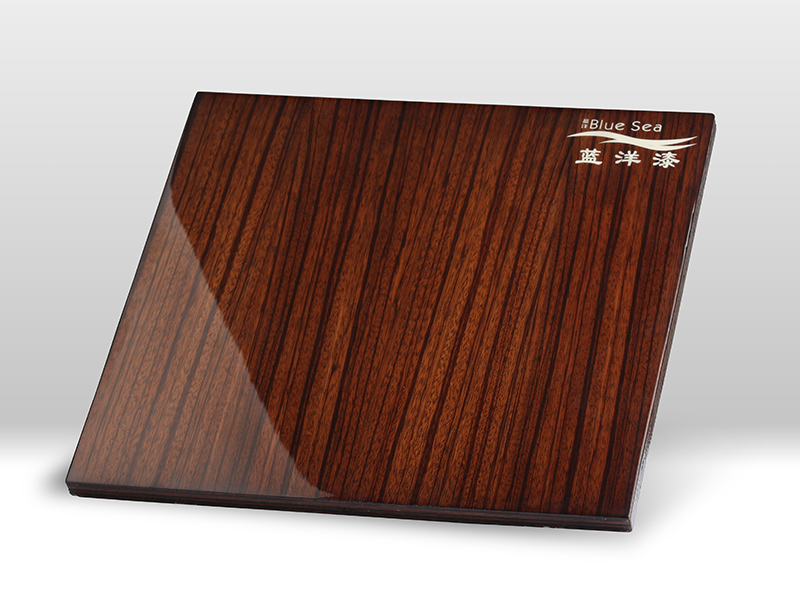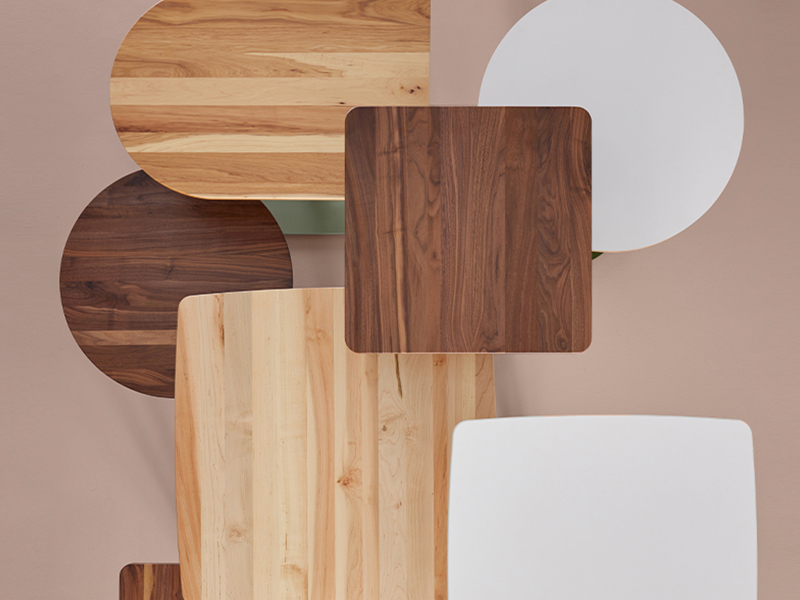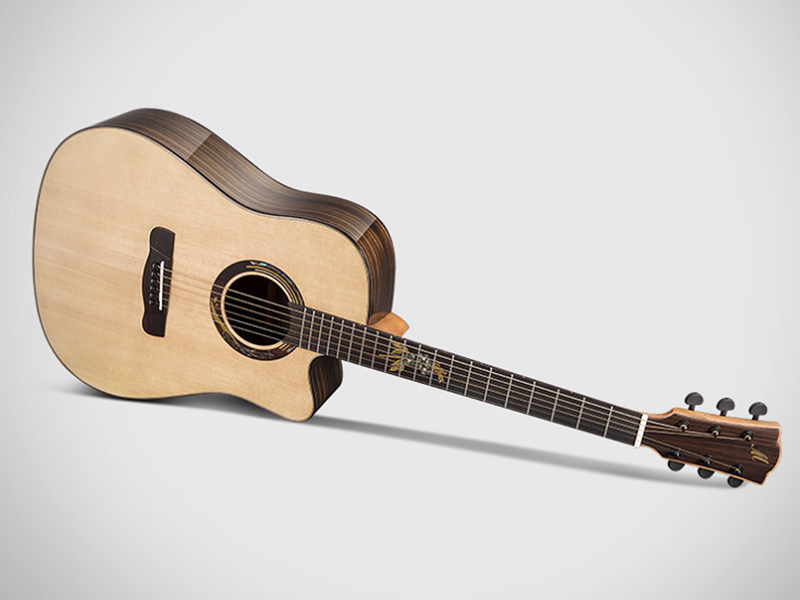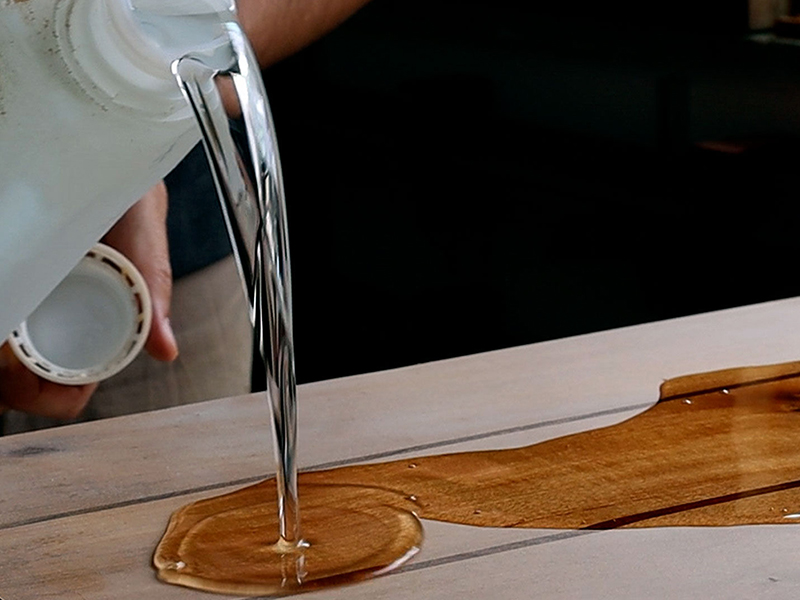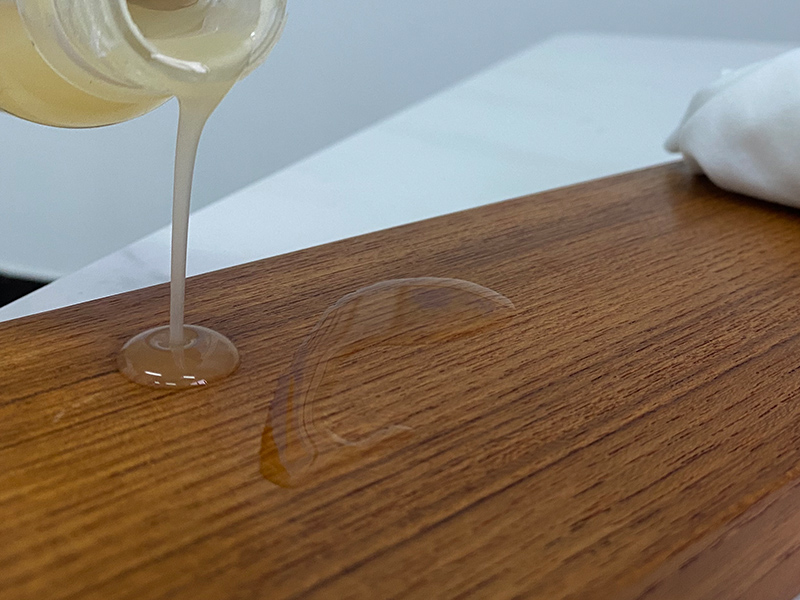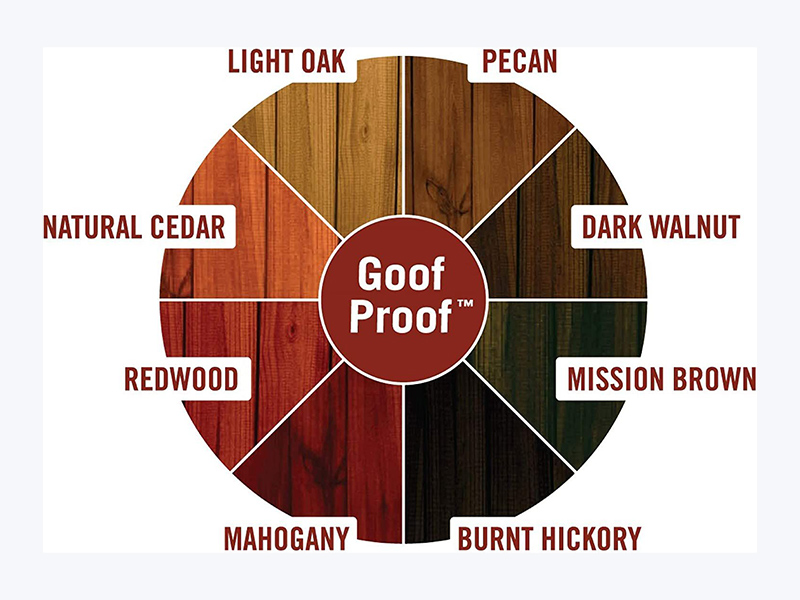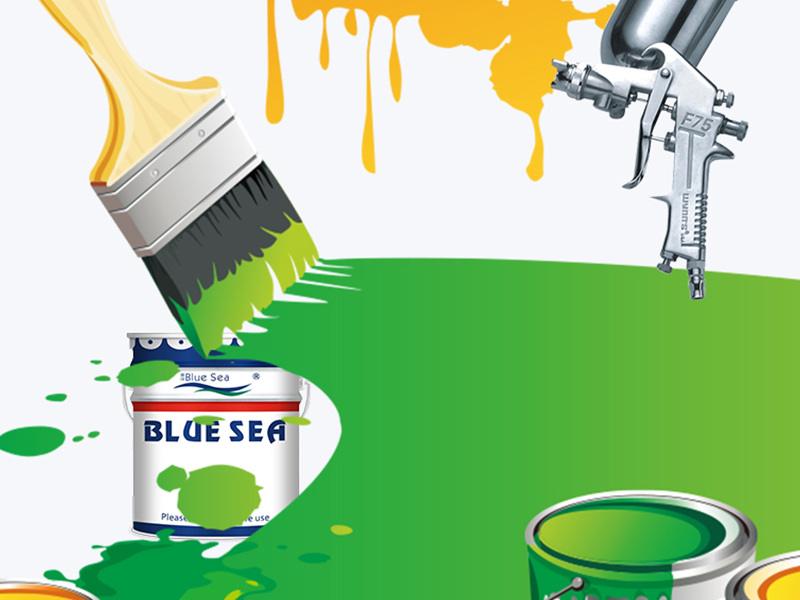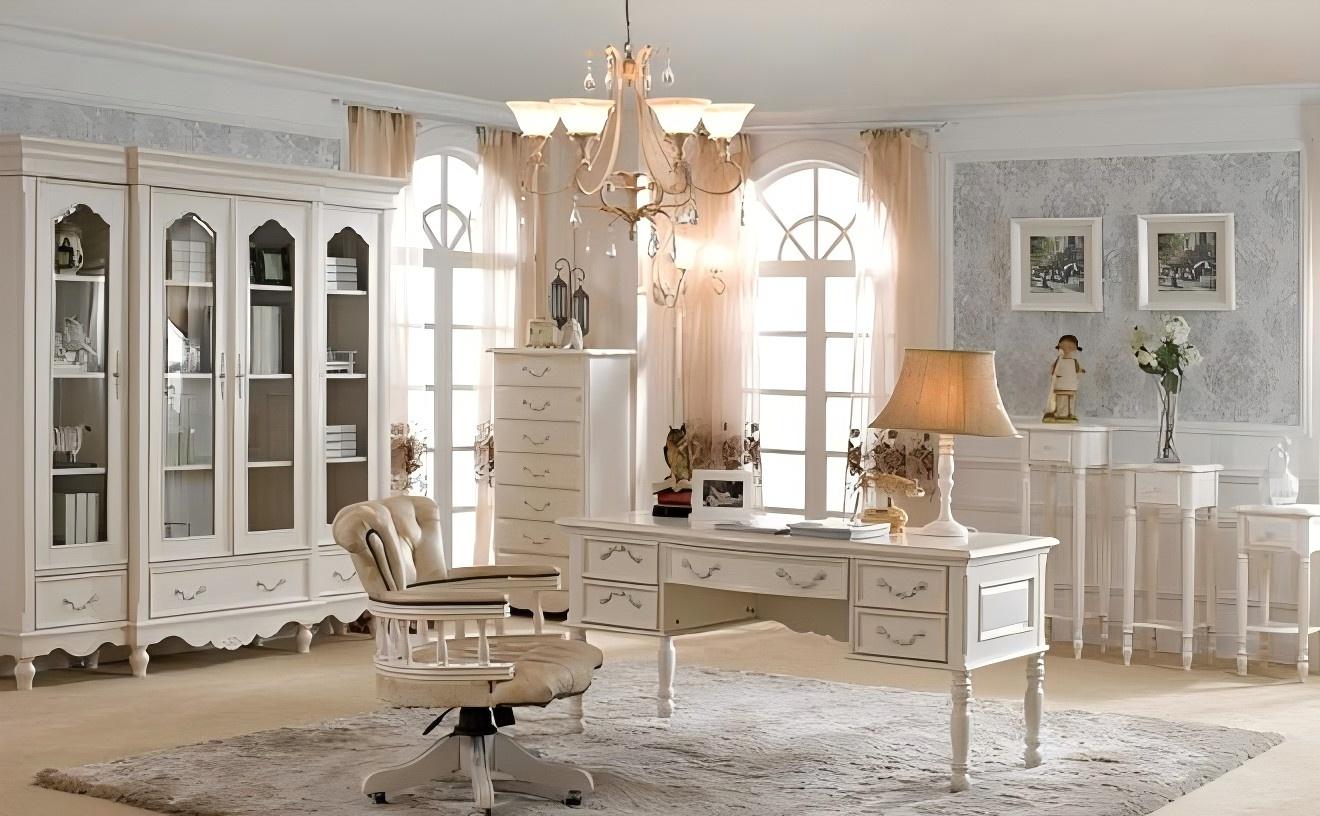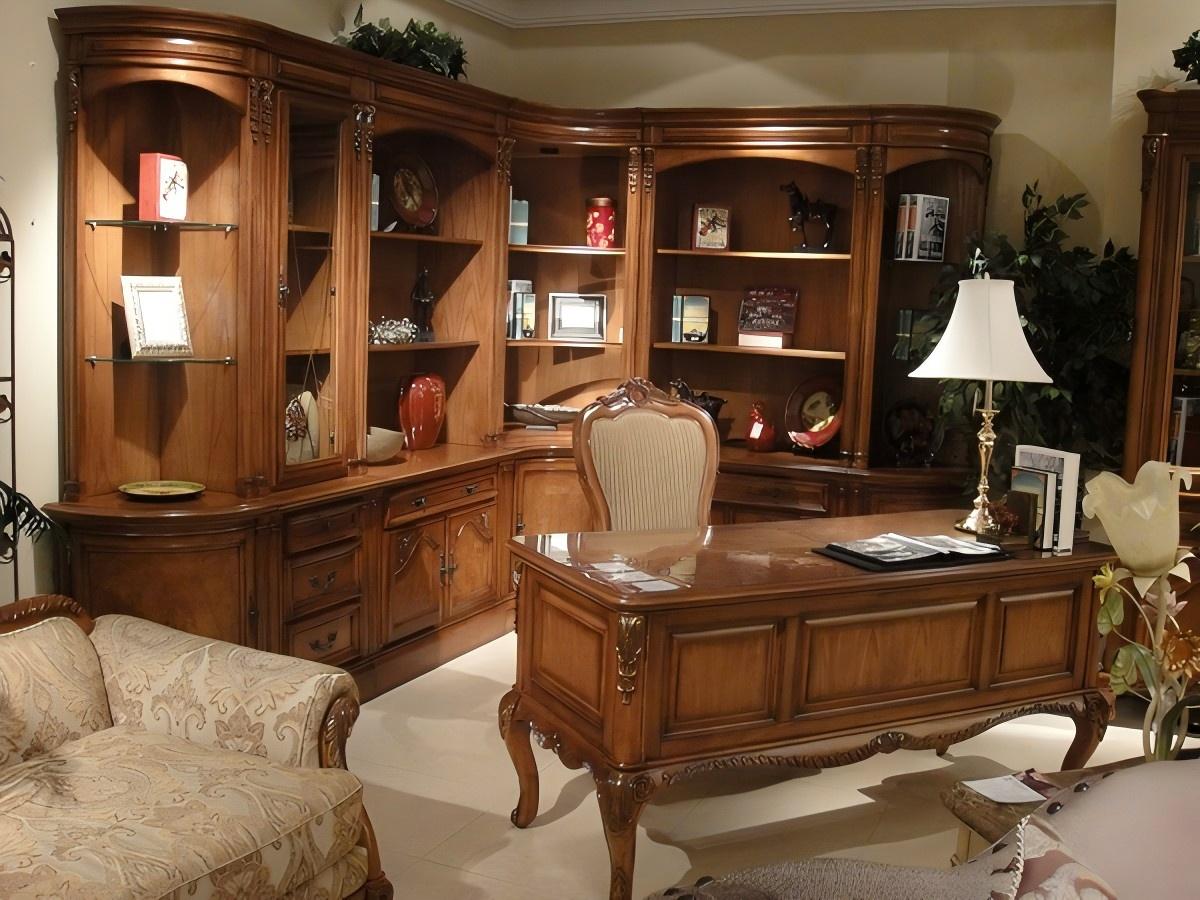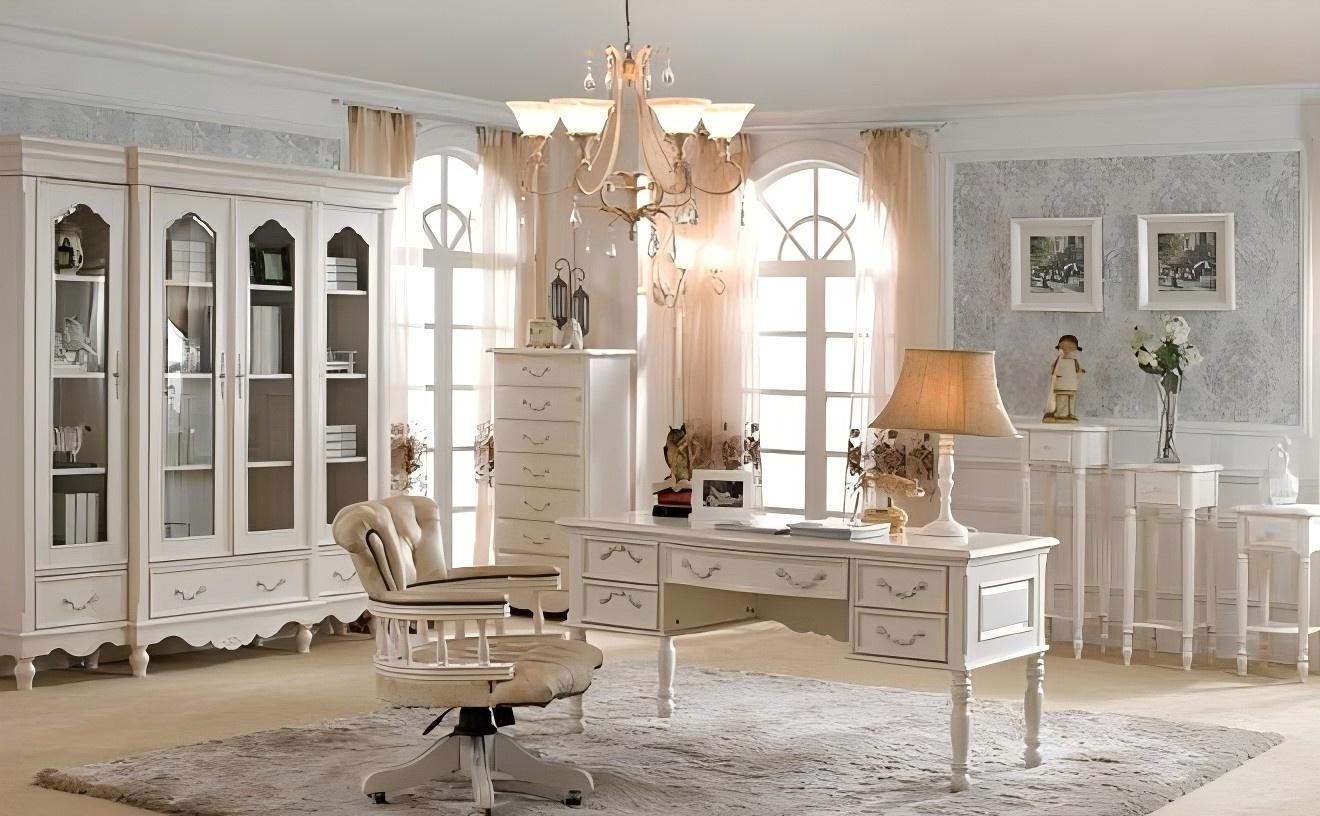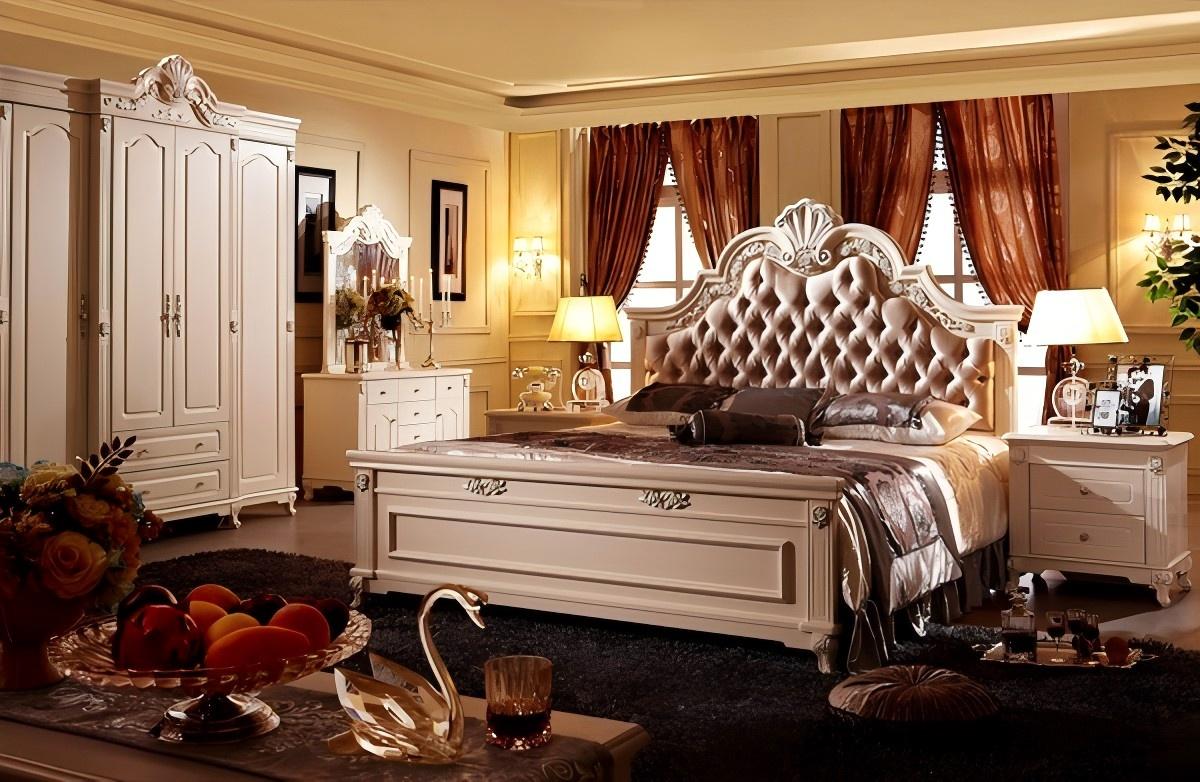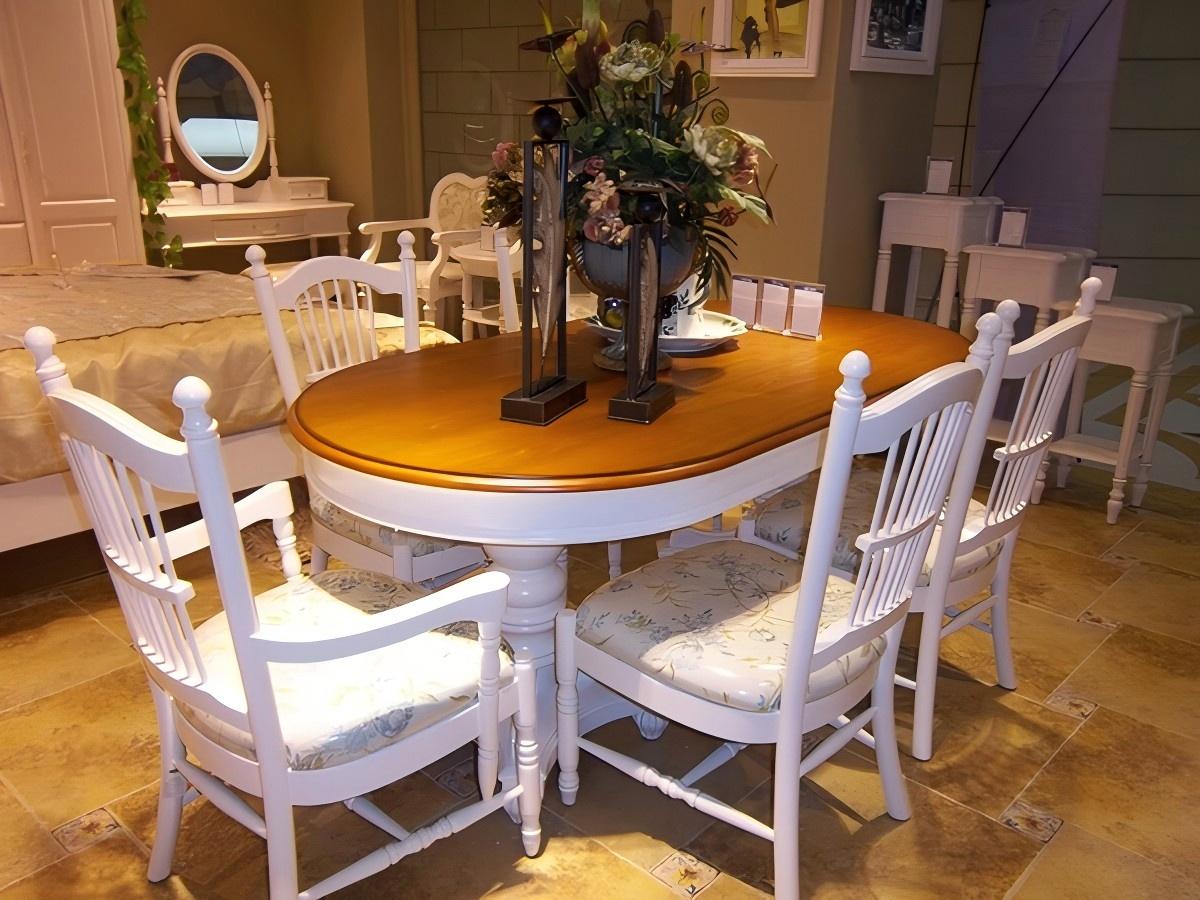1. Product Performance
Quick Drying: Cures rapidly at room temperature (surface dry in 10–25 minutes), enhancing workflow efficiency.
High Transparency: Preserves the natural grain and color of wood while providing a smooth, glossy, or satin finish.
Abrasion Resistance: Forms a tough film resistant to scratches and daily wear, ideal for high-traffic surfaces.
Easy Repairability: Allows localized refinishing without recoating entire surfaces.
2. Applications
Nitrocellulose lacquers are versatile and suitable for:
Furniture: Tables, cabinets, chairs, and decorative wooden items.
Interior Woodwork: Doors, trim, flooring, and wall panels.
Musical Instruments: Guitars, pianos, and woodwind instruments requiring fine finishes.
Crafts & Decorations: Artwork, wooden toys, and ornamental pieces.
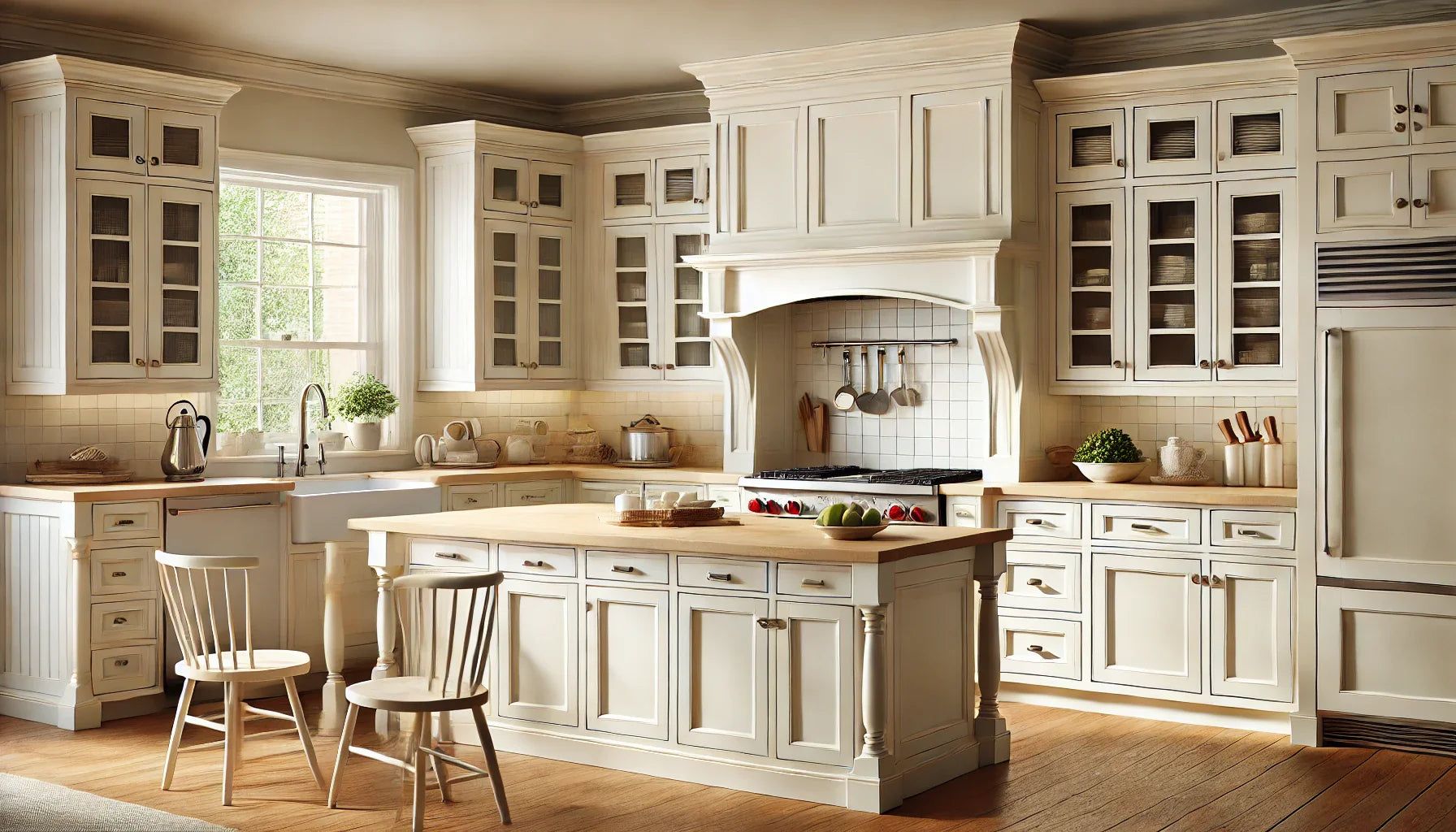
3.Spraying Method:
Surface Preparation: Sand wood smoothly (180–240 grit), remove dust, and ensure dryness.
Equipment: Use HVLP (high-volume, low-pressure) spray guns or conventional sprayers with a 1.5–2.0 mm nozzle.
Drying: Cure fully for 24 hours before handling; buff with fine sandpaper between coats for ultra-smooth finishes.
4.Recommended number of layers of nitrocellulose wood lacquers
1. Number of primer layers
General recommendation: Usually 1-2 layers of primer are required.
First layer of primer: The main function is to seal the pores of the wood and enhance adhesion
Second layer of primer: Apply thickly to fill the slight depressions on the wood surface and further smooth the substrate.
Third layer of primer (optional): For porous wood (such as pine, fir) or surfaces that require extremely high flatness, one layer can be added to improve sealing.
Notes:
After each layer of primer dries, it needs to be lightly sanded with sandpaper to remove burrs and enhance interlayer adhesion.
If the wood texture is deep or the pores are obvious, the number of primer layers can be appropriately increased.
2. Number of topcoat layers
General recommendation: Spray or brush 1-2 topcoats.
First layer of primer: Form a basic protective layer to enhance gloss.
Second layer of primer: Evenly cover, enhance wear resistance and fullness.
The third layer of topcoat (optional): For scenes with high requirements (such as musical instruments and high-end furniture), one layer can be added to improve the mirror effect or chemical resistance.
Notes:
After construction, ventilation and drying are required to avoid dust adhesion.
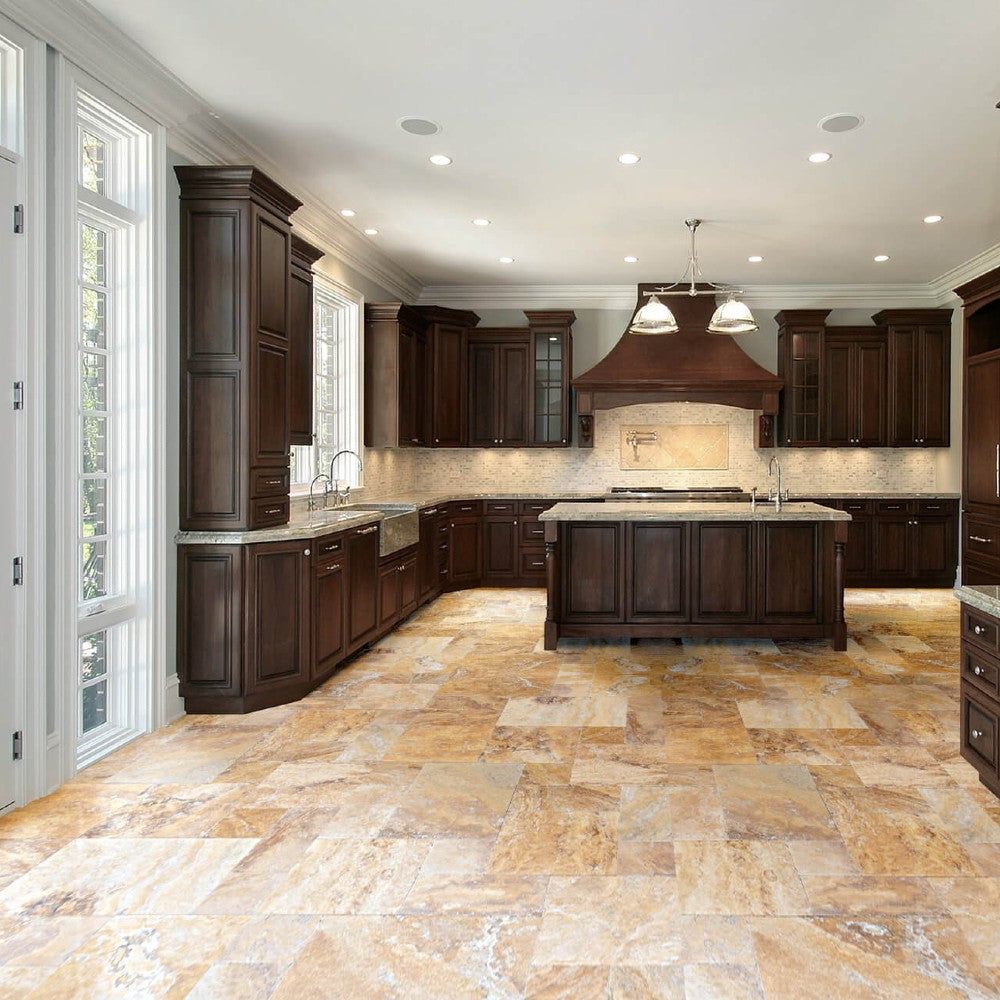
5. Environmental & Safety Notes
Ventilation: Ensure adequate airflow to avoid vapor accumulation.
Temperature/Humidity: Apply at 20–30°C with humidity below 70%.
Protective Gear: Wear masks, gloves, and goggles during spraying.
Storage: Keep in a cool, dry place away from flames or heat sources.
6. Conclusion
Nitrocellulose wood lacquer combines efficiency, aesthetics, and practicality, making it a top choice for professionals and DIY enthusiasts seeking rapid, high-quality wood finishes. Its adaptability across diverse projects ensures lasting protection and visual appeal.
